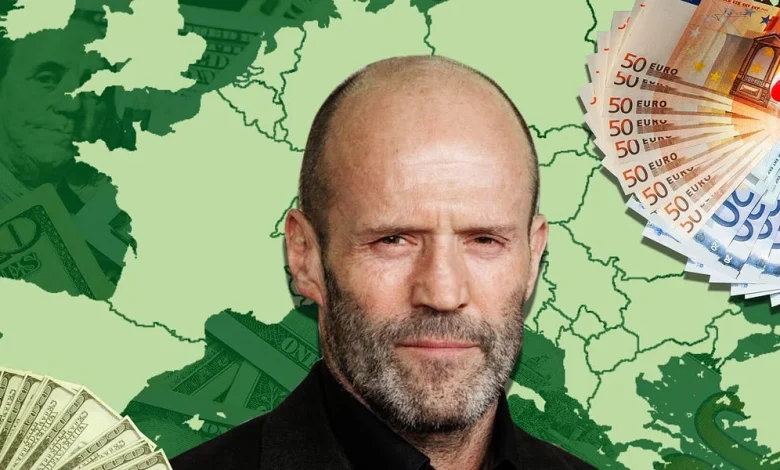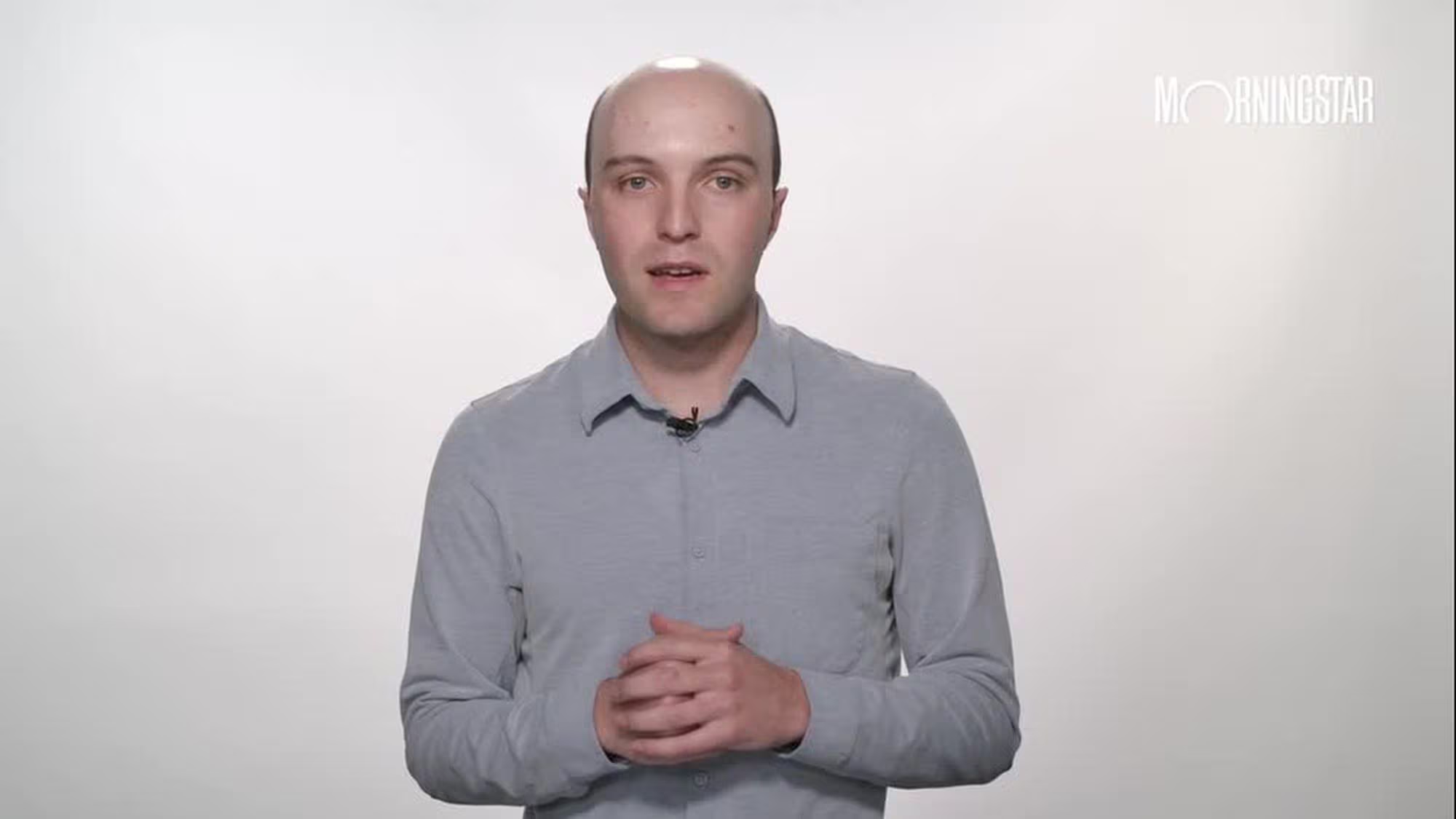Indies’ New Foreign-Presale Rules: Tight Budgets, Tough Calls — and Jason Statham

MOST WANTED “For the past 20 years, a Jason Statham movie sells all the time at every festival,” says Sheppard Mullin’s Robert Darwell. (The Ankler illustration; image credits below)
I cover top dealmakers for paid subscribers. I wrote about the return of film crowdfunding as new players bet on fan-investors, analyzed animation’s box office boom, looked at who’s scoring big feature film deals and interviewed WME’s indie film co-head Deborah McIntosh.
“If you have Jason Statham in any film, it’s not necessarily about who’s going to buy it,” says WME Independent co-head Alex Walton. “It’s about how much you’re going to sell it for.”
I didn’t set out to write a column about Jason Statham. I set out to understand the new economics governing the indie marketplace — and why foreign presales have quietly become a decisive force in what actually gets financed. But when nearly every dealmaker I interviewed brought up Statham unprompted, it became clear: He isn’t the story here, but he is the prime example of what buyers in this market want as a tried-and-true model evolves.
The old assumptions — that U.S. release mattered most, that streamers would swoop in with global rights deals — no longer track. As the market for domestic and worldwide deals leans frustratingly bearish, today’s indie films live or die on whether foreign buyers believe the project is real, the budget is disciplined and the full package will resonate with their specific audiences.
It’s a tougher sell, for sure, but international distributors are still willing to spend for projects that feel like sure bets — just with far more scrutiny and far fewer shortcuts. That’s why agents can still sell “a Jason Statham movie” in an increasingly risk-allergic market. His name instantly answers the two questions buyers ask first: “Will this movie sell in my territory?” and “Will my downstream TV partners pay for it?”
As 2025 winds down, and the annual dissections of the industry begin, sales agents are continuing to push the packages they brought to the American Film Market — including Statham’s upcoming sixth feature with director Guy Ritchie, Black Bear’s Viva La Madness, and Beekeeper 2 — in hopes of pre-selling enough territories to shore up the rest of their financing before shooting in 2026.
So it’s the perfect time to talk with dealmakers about why this new take on the tried-and-true indie finance playbook is key to the new marketplace.
I spoke with WME’s Walton, UTA’s Rena Ronson, CAA’s Roeg Sutherland and Sarah Schweitzman, Sheppard Mullin’s Robert Darwell and Akin’s bank-side expert Chris Spicer to break down the new rules of foreign presales, the genres that still travel and what it’s really going to take to get a movie made in 2026.
-
Foreign buyers are keeping indie film alive — and the territories that matter now aren’t the ones you think
-
Local-language booms are squeezing U.S. imports, forcing American films to prove they deserve shelf space
-
Buyers use a new presale test before touching a contract: Is this project actually real?
-
Decisions are being made internationally: the genres that travel, the ones that don’t, and one surprising category on the rise
-
Dramas are struggling at home but thriving abroad, and what that says about global audience behavior
-
Producers are closing the financing gap as presales, tax credits and equity no longer go as far
-
Budgets must be brutally tight, and why that pressure will lead to smarter, more inventive films
This column is for paid subscribers only. Interested in a group sub for your team or company? Click here.
For full access and to continue reading all Ankler content, paid subscribers can click here.





